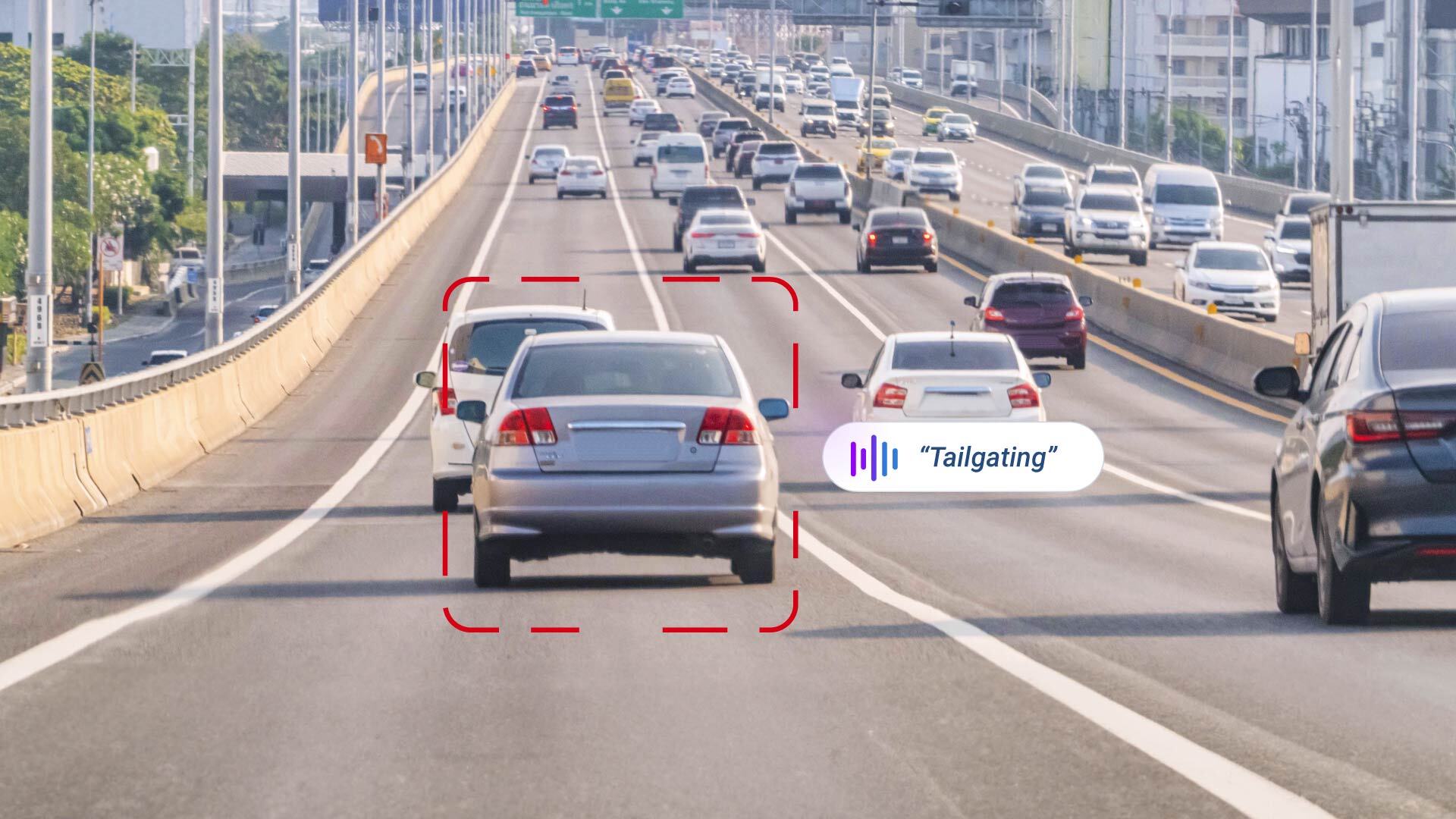Understanding acceleration, braking and cornering in MyGeotab
Use insights from MyGeotab to analyze driver behaviour.

May 2, 2025

Are you noticing discrepancies in your data? Do you work in the public sector, or haul fragile cargo? If the answer is yes to any of these questions, you probably need to make improvements to your harsh acceleration, braking and cornering (ABC) rules. Read on to learn more about ABC rules and why they are important.
When are ABC rules triggered?
ABC rules are triggered when the gravitational force (g-force) threshold is met. You can view and edit this setting in MyGeotab by going to Rules & Groups > Rules from the main menu.

Rules & Groups menu

When setting up your database, Geotab recommends starting in the middle of the specific vehicle class and adjusting when needed based on fleet objectives and the unique aspects of your fleet.
As the slider moves from left to right through all the vehicle classes, the monitoring becomes more sensitive. When the slider is set to the least sensitive setting for passenger vehicles (far left), it is using the most lenient monitoring and only the most aggressive events will trigger driver feedback.
Read Geotab’s product guide to learn more.
Why do I need to set ABC rules for each vehicle type?
Geotab monitors possible ABC events through the Geotab GO device. The amount of g-force registered in the Geotab GO device during an ABC event is associated with the g-force on your vehicle, and uses sharp changes in accelerometer data to infer vehicle events such as harsh cornering.
You may have discrepancies in your data due to incorrect ABC settings. Symptoms of this in your database may be that you see too many or too little rule violations, in this case you will need to use your ABC sliding scale to create specific rules for each vehicle. It is recommended that after making changes to a rule, collect the data and monitor your new settings for at least one to two weeks before determining if the setting works for you.
See also: A look at the Geotab GO Device: Past, present, and future
Different types of vehicle classes
In MyGeotab, vehicles are grouped into three classifications for the purposes of driver feedback settings:
- Passenger Car refers to passenger vehicles.
- Truck/Cube Van includes delivery trucks and step-side vans.
- Heavy-Duty refers to larger box trucks and tractor trailers.
Larger, heavier vehicles should use lower g-force values as they must take slower turns for safety. Since extensive testing has revealed that these different classes of vehicles react to g-forces differently, the sliding scale allows you to customize the feedback precisely for each vehicle in your fleet.
All fleets are different
Ask yourself the two questions below to help determine what your ABC sensitivity should be.
What sector are you working in?
Different sectors have different driving objectives. For example, to closely monitor an ambulance carrying an EMT and patients, you would increase the sensitivity for ABC events than that of a delivery truck carrying paper towels. Think about what speed is appropriate for your vehicles to be driving in and set the rules accordingly.
What type of cargo do you carry?
If your fleets are hauling fragile cargo, you may want to consider editing your ABC rule sensitivity and turning on driver feedback to prevent breaking the cargo you are moving. That way, if a driver begins to drive corners too quickly or brake/accelerate too harshly, they will be alerted.
We recommend fleet managers monitor the readings and adjust sensitivity based on their real-world experience.
Analyze driver behavior
The data collected through proper implementation of your ABC rules will provide insights into your drivers’ behaviour. If you have a safe driver who gives themselves the proper distance to brake, slows down to turn and takes their time during acceleration, you will see this reflected in your driver safety scorecard.
Not only is safety a factor when analyzing driver behaviour, but hard acceleration, braking and cornering also negatively impacts fuel economy on the highway and wears out your vehicles quickly.
To learn more, visit the Fleet Success Centeron the Geotab Community.
Subscribe to get industry tips and insights

Frankie Van Puyenbroeck is a Digital Automation Specialist at Geotab.
Table of Contents
Subscribe to get industry tips and insights
Related posts
.png)
From the North Pole to the Highway: How AI and Predictive Insights Get Drivers Home for the Holidays
December 16, 2025
2 minute read
.jpg)
.png)
AI dash cams vs. traditional: Which delivers better fleet safety?
December 8, 2025
5 minute read

Elevating Worker Safety Through Simplicity: The OK Alone Story
December 3, 2025
2 minute read

Geotab GO Focus Plus Camera Rules, Thresholds, and Event Buffers Explained
October 27, 2025
2 minute read

How AI dash cams help fleets tackle distracted driving and reduce collisions
October 23, 2025
4 minute read